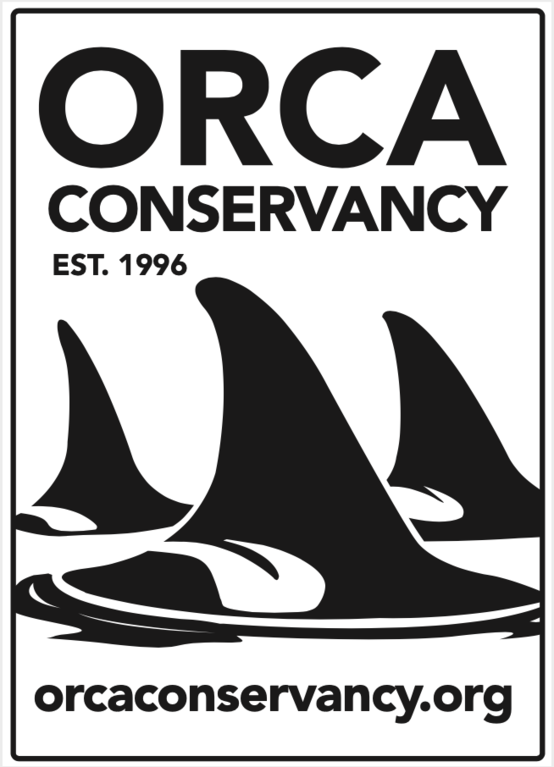The Possibility of Acoustic Sanctuaries for Killer Whales...
Photo: Rob Williams | Guest Blog: James Ives | Principia High School | Senior Project
Killer Whales use a variety of different sounds to communicate with one another such as whistles, different dialects, and vocalization to hunt, socialize amongst each other, and migrate together. Killer whales are very distinct in that they are one of the only known mammals to stay with their family their entire lifetime. Over this time they develop different dialects in which they communicate with one another. This is how they distinguish their differences amongst each other and identify individual family members. Unfortunately for the Southern Resident killer whales ( SRKW) that inhabit the Salish Sea, they are consistently plagued by one of the busiest shipping routes in the world. There are about 11,000 Tankers and Cargo vessels that passed through these coastal waters in 2015. These large powerful vessels generate such a loud and strong noise that is capable of traveling tens of miles underwater. In the area of Vancouver to Seattle, human noise is so loud that it completely diminishes the ability for SRKW to communicate with each other 62% of the time. Sometimes on very busy windy days, their ability to communicate with each other is reduced by 97%. Because of the constant flood of sound, we are drowning the killer whales in it ruins their ability to forage for food and effectively breed which reduces their population.
Marine Biologist Rob Williams has worked for many years in ensuring the health and well-being of killer whales and dolphins in the area of British Columbia. Rob Williams is the founder of a non-profit organization known as Oceans Initiative. The purpose of his organization is to gather scientists and various conservationists in his organization with the intent of generating their research on marine wildlife. Unfortunately, Rob Williams has expressed that he feels that the SKRW around Seattle and Vancouver may already be doomed to a never-ending amount of noise disrupting their health and safety. We can make small efforts to reduce the amount of sound that is intruding on these great whales such as, asking the vessels to slow down, and requesting that the large tankers relocate to another side of the island. The bottom line is it may be too late to guarantee a quiet and peaceful habitat for this SRKW to thrive in.
In December 2016, Rob Williams wrote an article introducing the idea of acoustic sanctuaries for killer whales in a magazine called the Marine Pollution Bulletin. Acoustic sanctuaries are areas in British Columbia that are as of now not polluted by vessel noise. Rob and his team spent many weeks using dozens of underwater microphones and a 23-meter long schooner to locate areas that were not being controlled by human noise or vessels. These areas could be protected by government enforcement as quiet free zones for killer whales. Ships would not be allowed near these areas but they would not have to be rerouted either. This would be a win-win plan for the killer whales along with many people that make a living on the sea by transporting cargo on vessels or running large tankers. William's plan looks for areas for SRKW to live that have not been ultimately dominated by vessel or human noise. This may be the only option left in securing a peaceful existence for these whales in the future.
